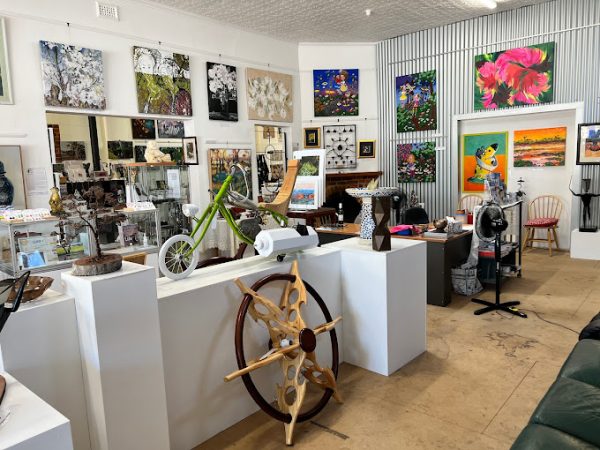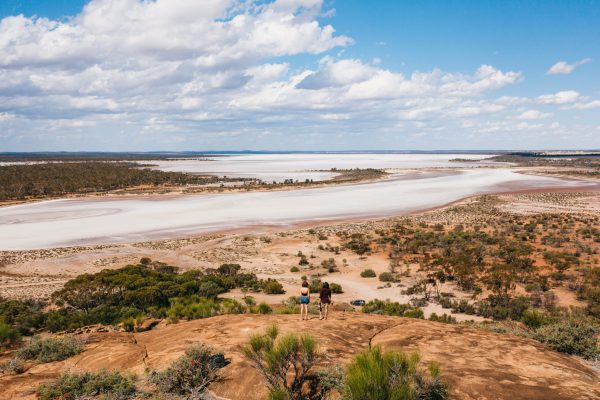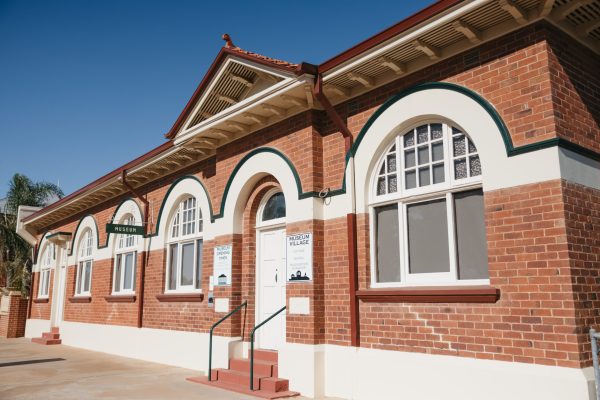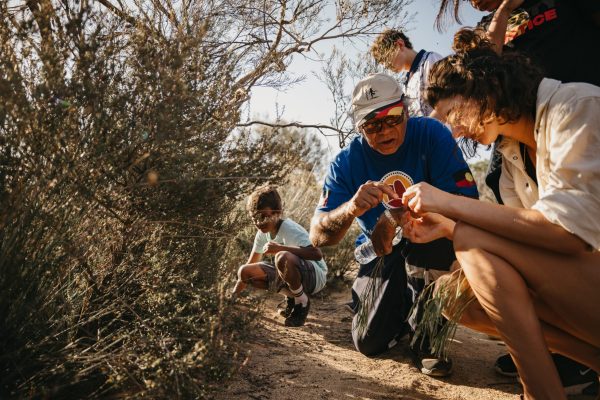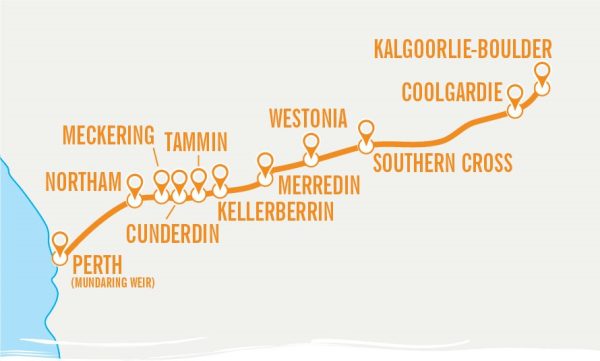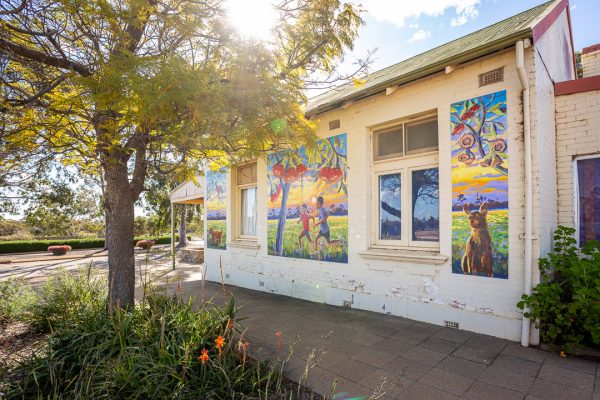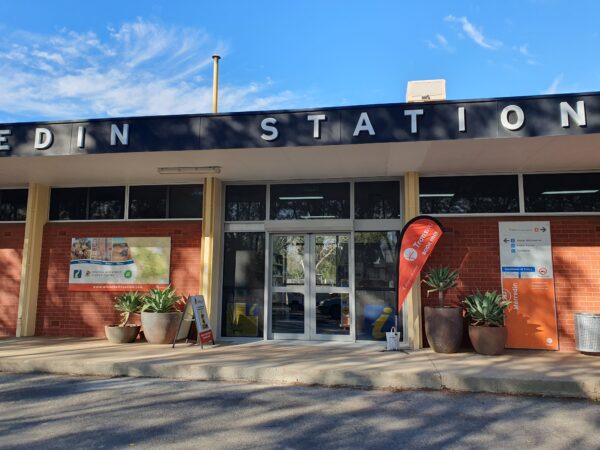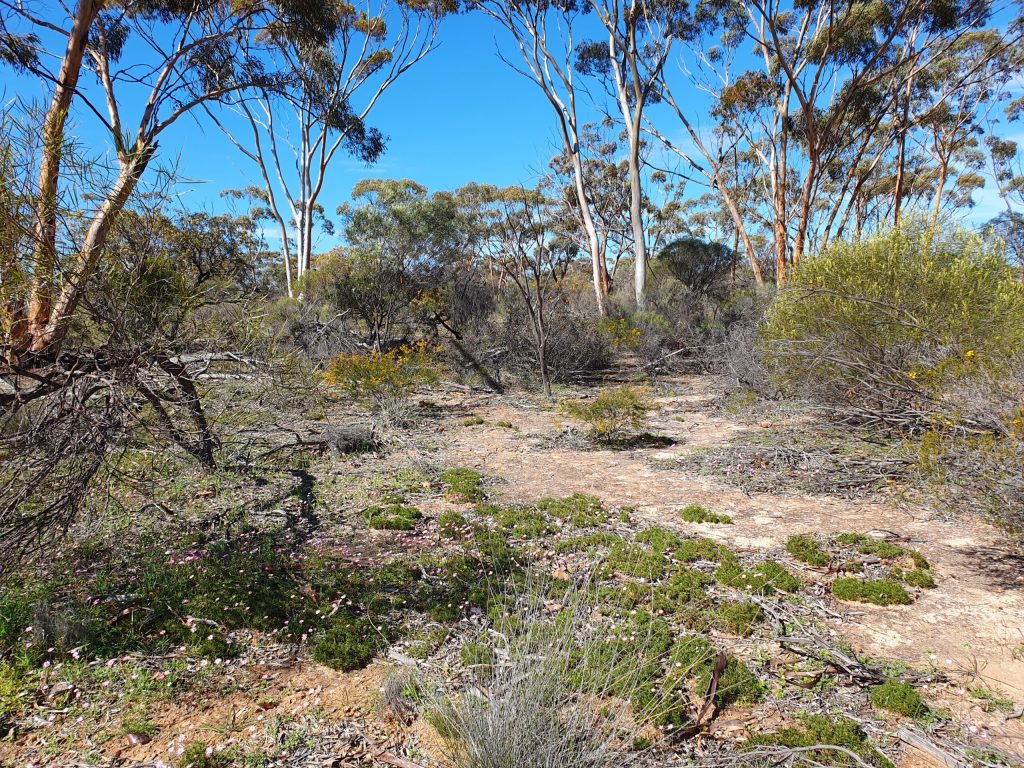With good autumn rains spectacular wildflowers are in abundance across the Shire of Kondinin during September and October. Blankets of everlastings and a selection of orchids can be seen in many of the nature reserves. Larger flowering shrubs and acacias are fairly unaffected by rainfall and add to the vibrancy and diversity of the bushland in the region during springtime.
Yeerakine Rock is well worth a visit and is just 12km from the Kondinin town site on the way out to Wave Rock. Take one of the two walk trails with interpretative panels and wander through Sheoak woodland (Allocasuarina huegeliana) with Jam (Aacia acuminata), interspersed by Sandalwood (Santalum spicatum) and Tee tree (Leptospermum species) which changes heading north as the landscape rises through eucalypt woodland and mallee, to tammar scrub with many spring flowering shrubs (Hibbertia, Melaleuca, Isopogon). During September and October some of the wildflowers to look out for include the Donkey Orchid (Diuris Corymbosa) and the Pink Candy Orchid (Caledenia) as well as the Broom Milkwort (Comesperma Scoparium).
As you drive east towards Wave Rock, other spots to view an abundance of wildflowers include Karlgarin Hills Reserve and Mc Canns Rock Reserve. McCanns Rock has a great picnic/BBQ area surrounded by Sheoak, Acacia and many spring flowering shrub species. Karlgarin Hills has expanses of woodlands, Gimlet (Euc salubris), Salmon gum (Euc salmonophloia), Morrel (Euc longicornis) interspersed with melaleuca thickets and rocky outcrops.
Arriving in Hyden take the walking circuit around Wave Rock and along to Hippos Yawn and you will also see a variety of wildflowers during September and October, including Sheoak (Allocasuarina huegeliana), Jam (Acacia acuminata), everlastings and several species of orchids.
Head out from Wave Rock towards the Humps and Mulka’s Cave and you will pass through various melaleuca species. Everlastings, orchids and many other small shrubs flower in spring. Out at the Humps the interpretive panels provide a great walk over The Humps and past a population of Gungurru, (Eucalyptus caesia ssp caesia, priority 4 rare flora), spectacular with weeping branches, miniritchie bark and pink flowers in winter. Other walks pass through Jam, Melaleuca and Sheoak thickets to a Gnamma.


